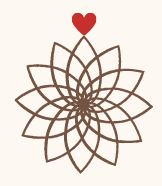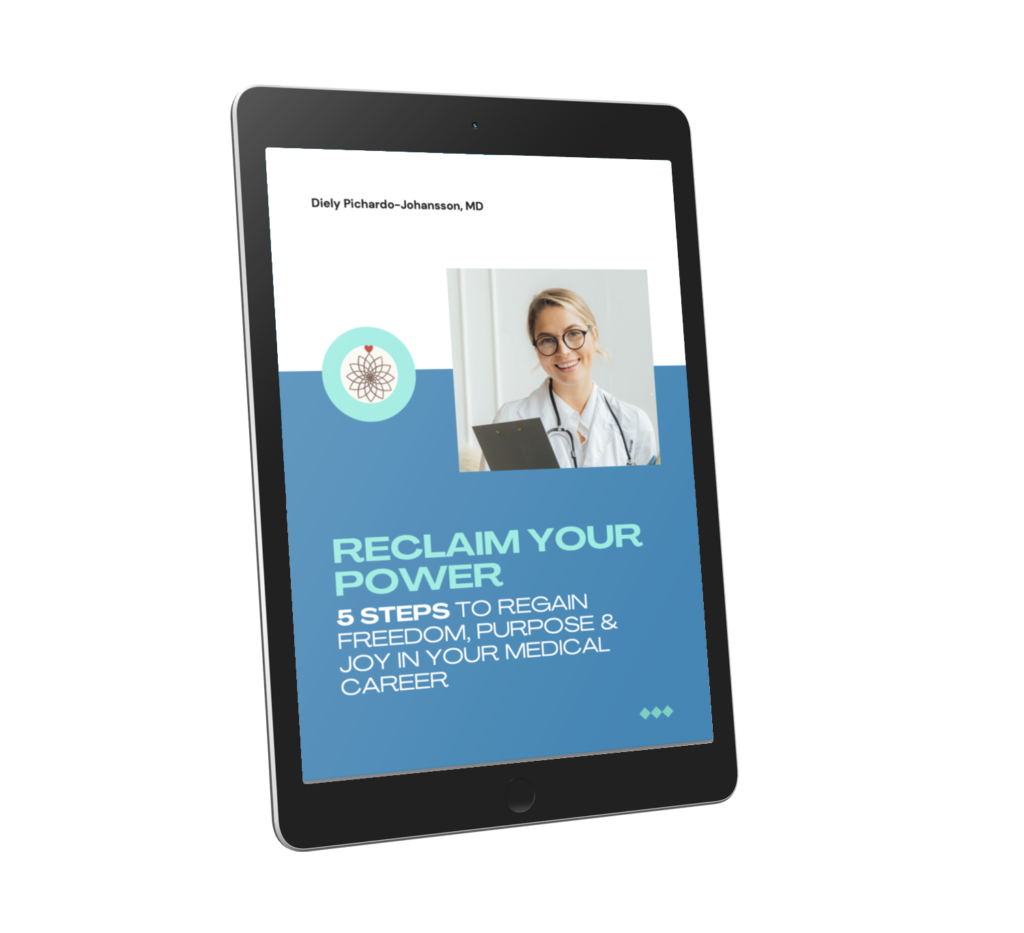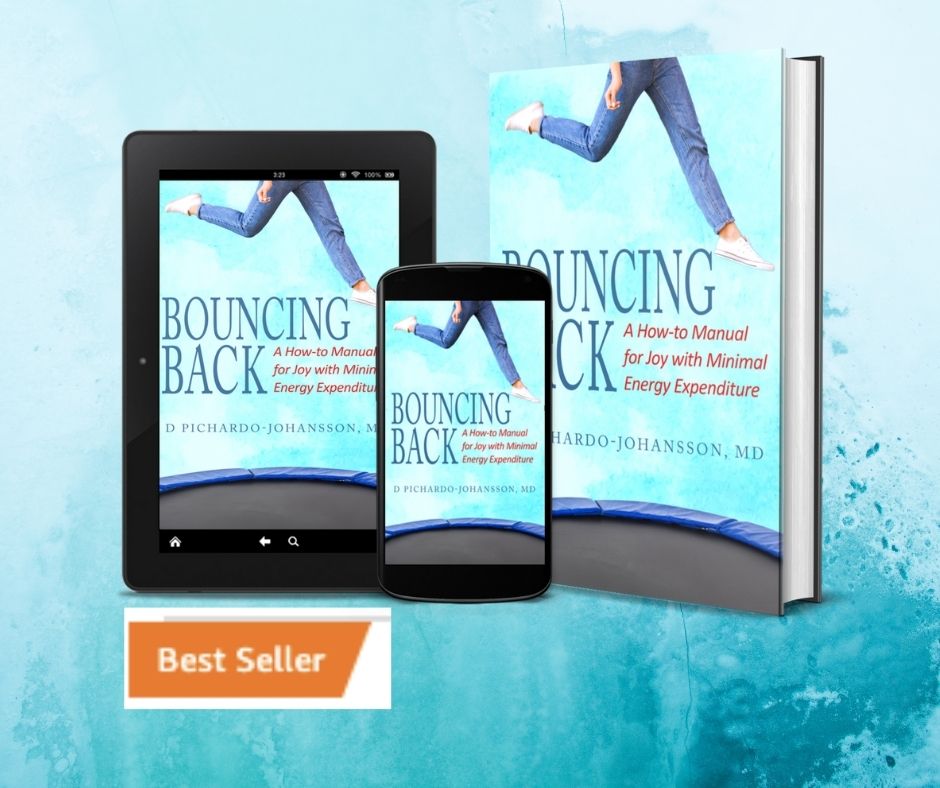Love and Health
Love and Health Take Work. But It’s worth it.
Love and health are, hands down, my two favorite topics in the world. As Valentine’s Day approaches, the world (and Hallmark) join me in celebrating love, but there’s something they often forget: Love is more than a noun—it’s a verb. It requires action and effort.
Maintaining a strong relationship with a romantic partner or spouse takes effort—not excruciating effort (if it does, that’s likely a red flag), but at the very least, the work required for personal growth. The same applies to our relationships with family and friends.
As an introvert, I naturally gravitate toward solitude. Left to my own devices, I’d often choose quiet over socialization. However, over the years, I’ve learned something crucial: When I make the effort to step out of my cocoon and engage with others, it may take energy in the moment, but that energy always returns to me—multiplied—as a sense of well-being.
But what if I told you that investing in relationships isn’t just good for your emotional well-being—it’s at the core of your physical health and longevity? Keep reading, and I’ll explain why.
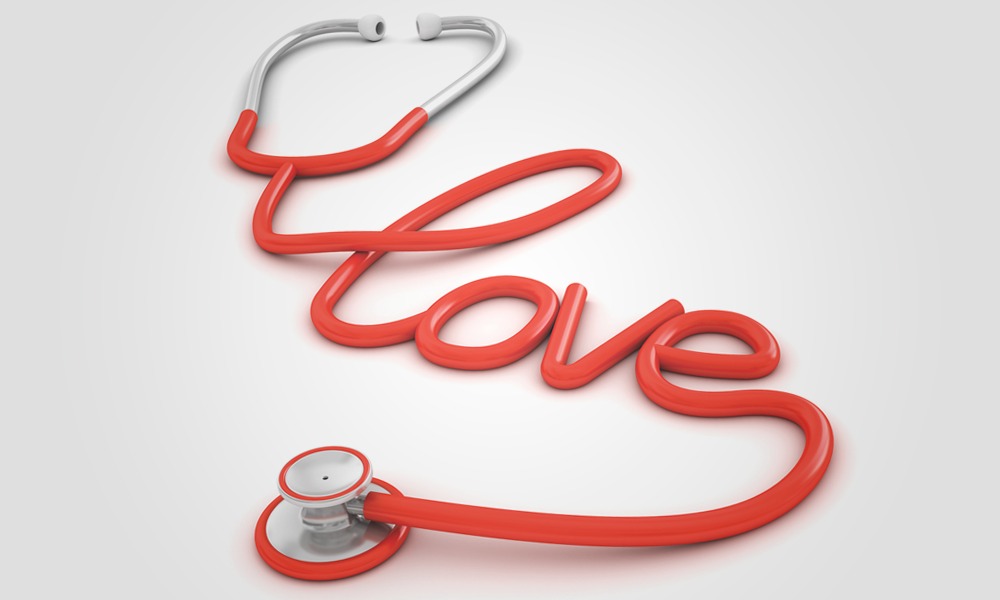
The Love-Health Connection: A New Definition of Health
This post continues the conversation from my last one on Mind-Body Health, diving into my biggest takeaway from the Harvard Mind-Body course: Stress is one of the greatest contributors to illness.
I’ll also introduce insights from two additional books that reinforce the idea that love and health not only go hand in hand—love is health
Love and Health: Insights from the Harvard Mind-Body Course
One of the most striking lessons from this training was a simple yet powerful formula:
Disease = Allostatic Load ÷ Resilience
In simple terms, illness is influenced by two key factors:
- Allostatic Load: The accumulation of damaging factors affecting our body—such as toxins, injury, and especially stress.
- Resilience: The protective factors that help preserve health—like a strong immune system, good sleep, and proper nutrition.
We now understand that health isn’t just the absence of disease. Instead, disease arises when resilience declines to the point where the body can no longer counteract stress.
(Interestingly, this conclusion aligns with principles from Ayurvedic medicine—something that has been understood for thousands of years!)
What Does Love Have to Do With It? Love and Health are the same thing.
If we accept that stress is a major driver of illness, then it logically follows that anything that reduces stress or boosts resilience will improve our health.
So, what’s the greatest source of stress for mammals—including humans? Separation.
Also, what’s one of the strongest protective factors against stress and trauma? Love. Relationships.
Let’s break this down further.
Hypothesis 1: Lack of Love Causes Stress—and Damages Health
Love and Health at the Individual Level
The greatest source of stress for humans is separation.
Functional MRI and PET scans show that the posterior cingulate cortex activates when mammals experience separation anxiety—whether it’s a baby being taken from its mother or someone being isolated from their community. This type of stress triggers intense activation of the amygdala, leading to a cascade of physiological stress responses that can be harmful over time.
Love and Health at the Societal Level
In a powerful keynote at the Harvard Mind-Body Medicine course, Dr. David Williams presented a compelling hypothesis: A portion of the poor health markers observed in minority communities—particularly among Black populations—stems from the chronic stress of societal rejection, microaggressions, and the unconscious fear of being targeted.
Dr. Williams shared extensive research showing that these negative health outcomes are not fully corrected by education or income. However, interventions that help individuals cultivate pride in their heritage and community significantly improve health markers.
Love and Health at the Community Level
Multiple experts at the Harvard Mind-Body course highlighted the strong link between social connections and stress resilience. One particularly fascinating example is the case of Roseto, Pennsylvania—a town of Italian immigrants known for its remarkably long-lived residents, despite the health risks associated with coal mining.
While researchers initially suspected their longevity was linked to the Mediterranean diet, to their surprise, that wasn’t the case—Roseto’s newer generations had long since switched to the Standard American Diet. Instead, what set them apart was something deeper: a strong sense of family and community.
Hypothesis 2: Love and Relationships Build Resilience—Protecting Our Health
Beyond Harvard’s findings, other sources support the idea that love is health.
Ikigai: The Japanese Secret to a Long and Happy Life
While this book is famous for its insights on purpose and longevity, its findings also reinforce the importance of social connection. Just like Roseto, long-lived communities in Okinawa (Japan), Sicily (Italy), Nicoya (Costa Rica), and Ikaria (Greece) all share a strong emphasis on relationships and communal living.
The Body Keeps the Score
This book, a cornerstone in trauma research, highlights how relationships protect us from trauma and enhance resilience.
One striking finding from World War II: Children who were separated from their parents and sent to “safer” rural areas suffered more psychological trauma than those who stayed with their families—even in the midst of bombings.
Another key study found that the strongest predictor of resilience in trauma survivors was the presence of at least one trusted person in their childhood—whether a parent, teacher, or friend.
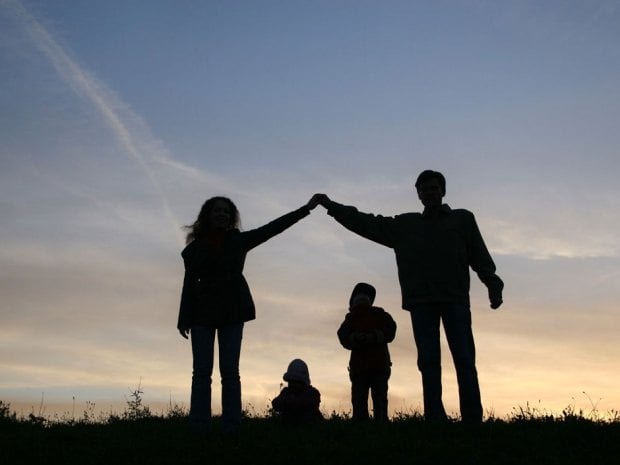
How Do We Apply Love to Our Health?
Personal development teaches us that once we recognize a problem, our next step is to shift our focus to the solution.
-
Choose Your Stress Wisely
Yes, relationships take work. However, some relationships drain your energy rather than uplift you. Identify the people who truly deserve your time and presence.
-
Set an Intention to Prioritize Your Loved Ones
After a long day, it’s easy to default to mindless activities like binge-watching TV or scrolling through social media. Instead, set an intention to dedicate at least as much time to your loved ones as you do to your phone.
-
Start Small
Find one daily moment for meaningful connection.
- Have dinner together.
- Watch a show together instead of on separate screens.
- Share a few minutes of conversation before bed.
-
Practice Presence—Savor the Moment
Train your brain to notice and celebrate the good moments. Press record in your mind. If you need help, imagine this:
- One day, your children will be grown and gone.
- One day, your spouse may no longer be there.
Take a one-minute trip to that future reality—then return to the present, ready to savor what you have now.
-
Enjoy!
Don’t overthink it, and don’t rush it. Just savor it. The only way to do this “wrong” is if you’re not feeling joy.
Because love therapy is the best-tasting medicine in the world.
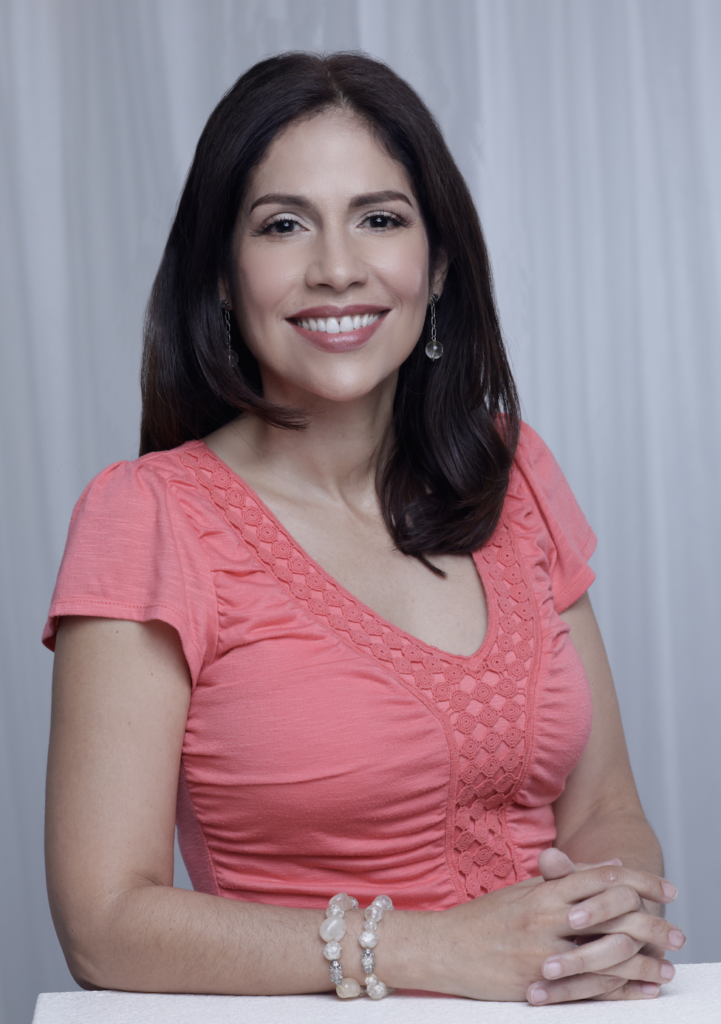
Conclusion: Love is Worth the Effort
Relationships that provide connection and support are among our greatest sources of well-being. Let’s make love and relationships a core part of our health and wellness strategies—not just on Valentine’s Day, but every day.
Because love isn’t just something we feel—it’s something we do. 💖
